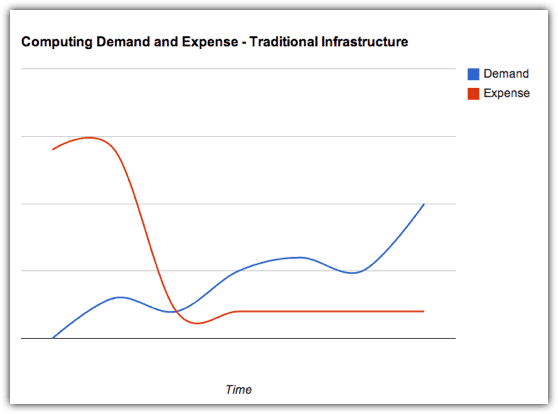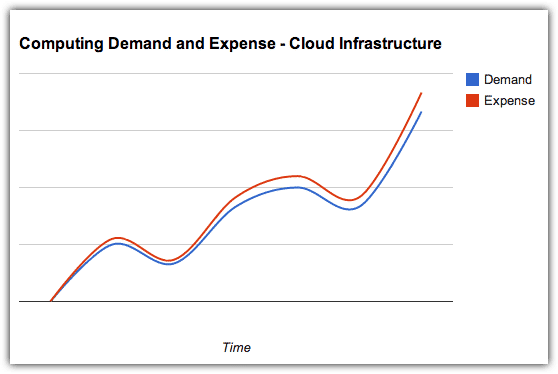Our consultants are highly trained to provide complex management solutions and strategy planning for your business. You can count on us to improve performance and your business skills, while cutting costs.
We ensure full support in a broad range of business management areas, such as:
Business Strategy
Knowing how and when to make the right strategic move is critical to your success in today?s dynamic environment. Our Strategic Management Consultants provide solutions for a tighter integration of your vision, values, and mission statements with the strategic management process.
The result is a stronger alignment of your operating activities with your goals, and also an improved internal infrastructure to support and manage the strategic management process.
Business Process Improvements
In our years of activity, we have developed a robust process to ensure Business Process Improvements projects are implemented successfully. To achieve a positive outcome a number of factors must exist and we?ll make sure your company manages to get the right mix of: sponsorship management and commitment, process improvement goals, right motivations, cultural issues management, provision of adequate resources and funding, and availability of standards and procedures.
Performance Management
An effective performance management system integrates all aspects of the organisation from a shared vision, through a common language, and establishes a culture of accountability and results. It provides more of a holistic way of managing your organization that is more powerful than its individual parts, and without forsaking the values of the organisation.
Change Management Services
Economic downturns, fast rising new competitors, and even climate change, can force companies to scale down, engage in mergers & acquisitions, or transfer to a new location. We?ll help you through every step of the change process, from: evaluating the required change by conducting diagnostics such as change complexity, causal, structural, and context analysis, managing stakeholders including your sponsors, top executives, managers, and personnel, planning for the change, and managing the change process itself.
Project Management
Whether you need help for a single project or much more, we’ve got you covered. With us you get a coordinated, presence-of-mind approach to project management that will point all of your projects to an overall strategic direction, no matter how complex or simple these might be. Our services incorporate all project-related activities including: programme management, project risk management, project review and audit, project rescue, and project governance.
Interim Management
Our resources have an MBA and/or professional accounting qualifications with an average of 10 ? 30 years of progressive work experience with public companies, in complex private equity environments, and/or privately-held middle market companies. We not only offer the most highly qualified project / interim resources to our clients, but we also allow for an interim-to-hire provision in our contracts.
It has proved mutually beneficial to our consultants and clients to have the option for longer term employment opportunities after having worked together on a project / interim basis.

